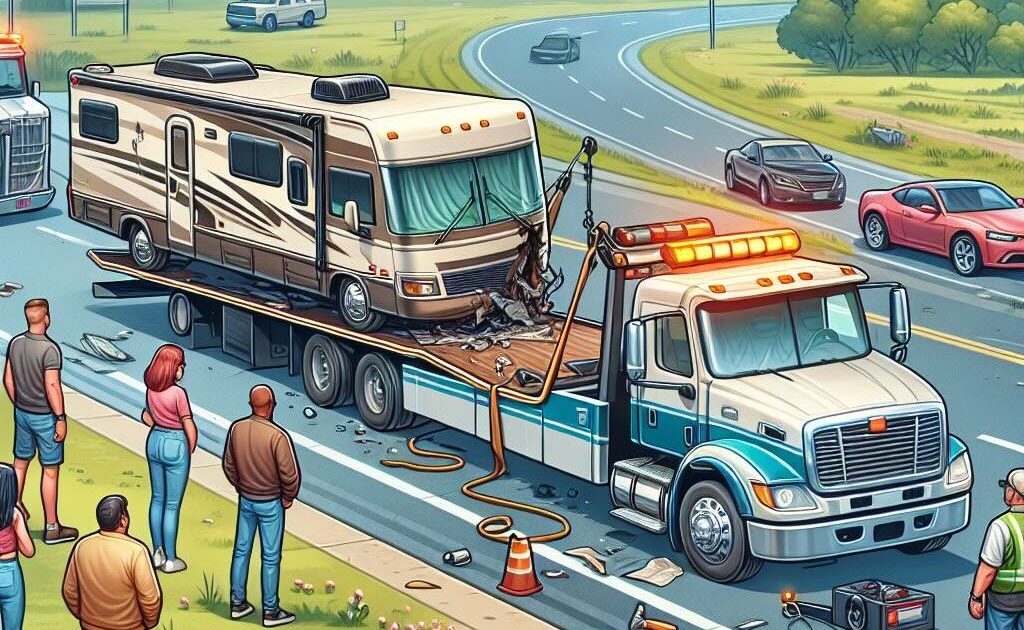Towing a broken motorhome can be a challenging task, but with the right preparation and equipment, it can be done safely and efficiently. Whether your motorhome has broken down on the road or needs to be moved for repairs, following these steps will help ensure a smooth towing process.
1. Assess the Situation
Before you begin towing, assess the condition of your motorhome and the surrounding environment:
- Ensure that the motorhome is in a safe location, away from traffic.
- Check for any visible damage that might affect towing, such as broken axles or flat tires.
- Determine if the motorhome can be towed with its current condition or if it needs immediate repairs before towing.
2. Choose the Right Towing Method
Depending on the condition of your motorhome and the available equipment, choose the appropriate towing method:
- Flat Towing (Dinghy Towing): This involves attaching the motorhome to the tow vehicle with all four wheels on the ground. Suitable for motorhomes that are still drivable but need to be moved.
- Dolly Towing: Uses a tow dolly to lift the front wheels of the motorhome off the ground while the rear wheels remain on the road. Ideal for motorhomes with front-end issues.
- Trailer Towing: For severely damaged motorhomes, using a flatbed or enclosed trailer to carry the entire motorhome is the safest option.
3. Gather Necessary Equipment
Ensure you have all the necessary equipment for towing:
- Tow bar or hitch rated for the weight of your motorhome.
- Safety chains to secure the motorhome to the tow vehicle.
- Supplemental braking system if required by the weight of the motorhome.
- Tow dolly or trailer if needed.
4. Prepare the Motorhome
Before towing, take the following steps to prepare your motorhome:
- Secure any loose items inside the motorhome to prevent them from shifting during towing.
- Check the tires and inflate them to the proper pressure.
- Disconnect any utilities (water, electricity, etc.) if the motorhome is connected.
5. Attach the Motorhome
Carefully attach the motorhome to the tow vehicle:
- Align the tow vehicle and motorhome in a straight line.
- Connect the tow bar or hitch according to the manufacturer’s instructions.
- Attach safety chains, crossing them under the hitch for added security.
- Connect the motorhome’s lights and signals to the tow vehicle’s electrical system.
6. Test Your Setup
Before hitting the road, perform a few tests to ensure everything is working correctly:
- Check that the motorhome’s brake lights, turn signals, and running lights are functioning properly.
- Test the supplemental braking system if one is used.
- Take a short test drive at a low speed to check that the motorhome is towing smoothly and there are no unusual noises or issues.
7. Drive Safely
When towing a broken motorhome, keep these safety tips in mind:
- Drive at a moderate speed to allow for more stopping distance and better handling.
- Use turn signals early to give other drivers plenty of notice.
- Take wide turns to avoid clipping curbs or other obstacles.
- Regularly check your mirrors to ensure the motorhome is towing correctly and to be aware of your surroundings.
Towing a broken motorhome requires careful preparation and attention to detail, but by following these steps, you can ensure a safe and successful towing experience. Whether you’re a seasoned RV enthusiast or new to motorhome towing, these tips will help you navigate the process with confidence.

